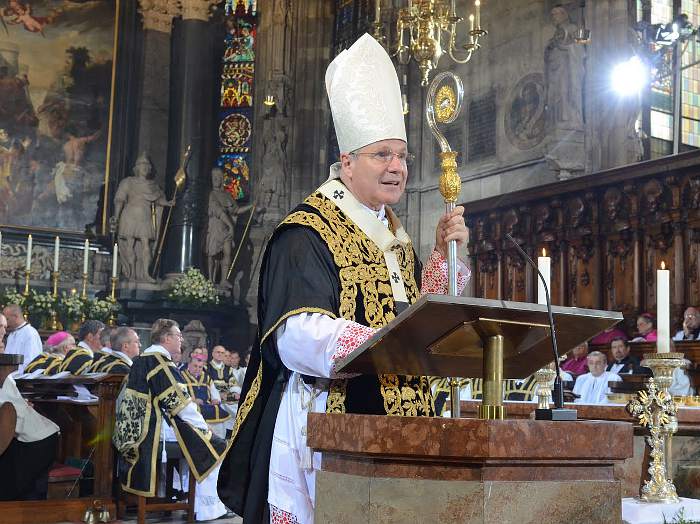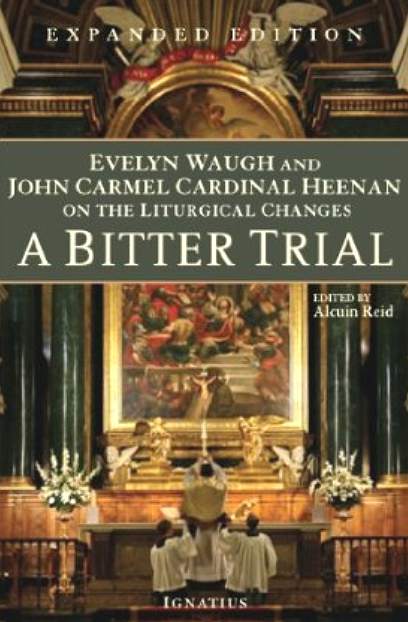 I oktober i år utgis boka: A Bitter Trial: Evelyn Waugh and John Cardinal Heenan on the Liturgical Changes på Ignatius Press i USA. Det er den engelske forfatteren Evelyn Waughs problemer med liturgiforandringene og hans korrespondanse med kardinal Heenan som tas opp i boka på 101 sider.
I oktober i år utgis boka: A Bitter Trial: Evelyn Waugh and John Cardinal Heenan on the Liturgical Changes på Ignatius Press i USA. Det er den engelske forfatteren Evelyn Waughs problemer med liturgiforandringene og hans korrespondanse med kardinal Heenan som tas opp i boka på 101 sider.
På Ignatius.com kan vi lese om boka:
English author Evelyn Waugh, most famous for his novel Brideshead Revisited, became a Roman Catholic in 1930. For the last decade of his life, however, Waugh experienced the changes being made to the Church’s liturgy to be nothing short of «a bitter trial». In John Cardinal Heenan, Waugh found a sympathetic pastor and somewhat of a kindred spirit.
This volume brings together the personal correspondence between Waugh and Heenan during the 1960s, a trying period for many faithful Catholics. It begins with a 1962 article Waugh wrote for the Spectator followed by a response from then Archbishop Heenan, who at the time was a participant at the Second Vatican Council. These and the other writings included in this book paint a vivid picture of two prominent and loyal English Catholics who lamented the loss of Latin and the rupture of tradition that resulted from Vatican II.
In the light of the pontificate of Pope Benedict XVI, many Catholics are looking again at the post-conciliar liturgical changes. To this «reform of the reform» of the liturgy now underway in the Roman Catholic Church, both Heenan and Waugh have much to contribute.
Alcuin Reid is a cleric of the Diocese of Fréjus-Toulon, France, and a liturgical scholar and author. His principal work, The Organic Development of the Liturgy carries a preface by Joseph Cardinal Ratzinger, now Pope Benedict XVI.
Joseph Pearce is a popular literary biographer whose works include The Unmasking of Oscar Wilde, Tolkien: Man and Myth, and The Quest for Shakespeare.
Clare Asquith, Countess of Oxford is the author of Shadowplay: The Hidden Beliefs and Coded Politics of William Shakespeare.
(Man kan undres over de mange bøkene om liturgien som nå kommer ut; det fikk meg faktisk til å tenke på alle bøkene om andre verdenskrig som er kommet ut i Norge – og det kommer stadig nye bøker, det vil visst ingen ende ta. Kanskje vi vil oppleve noe lignende med de dramatiske – og for mange, svært traumatiske – liturgiforandringene vår Kirke opplevde for 40 år siden?)
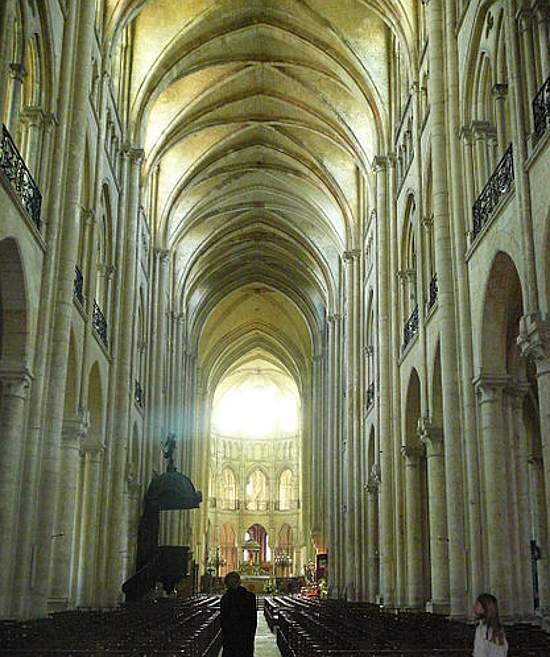
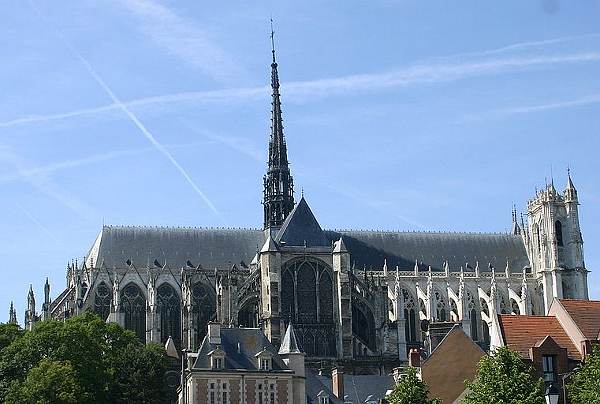

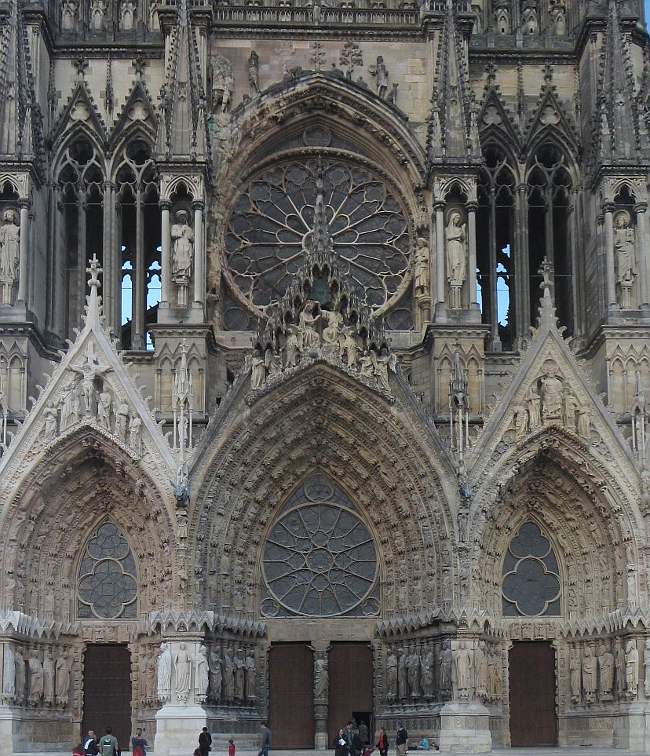
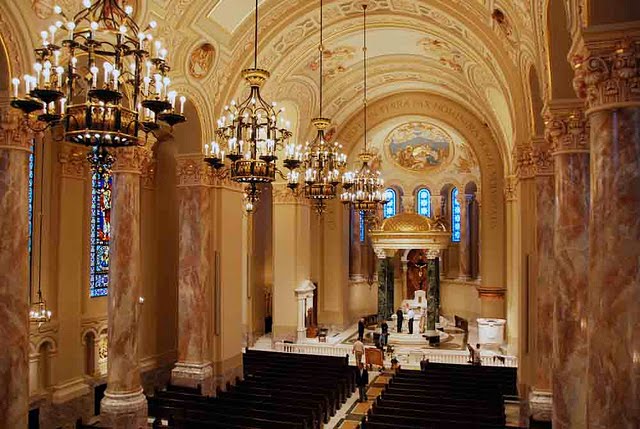

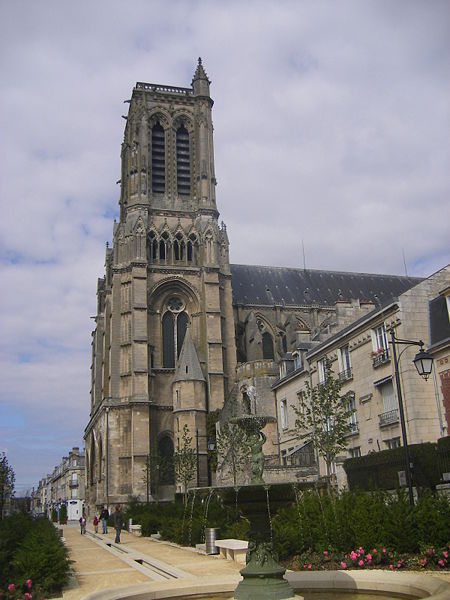
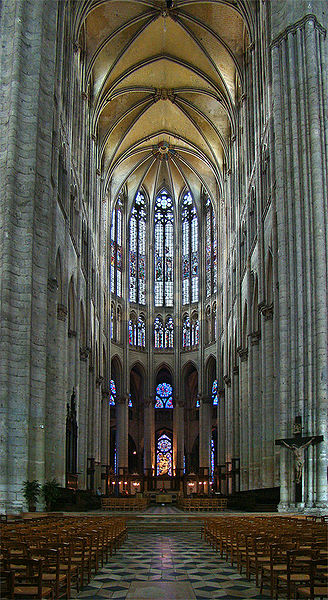

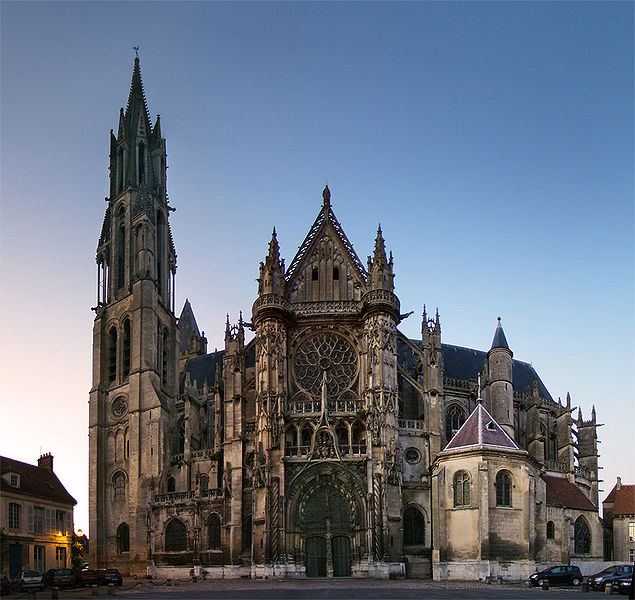
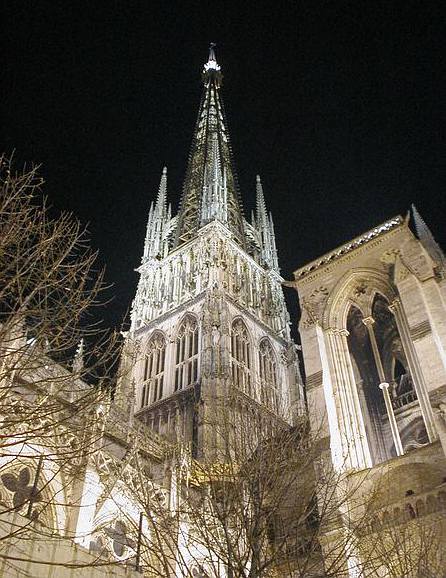
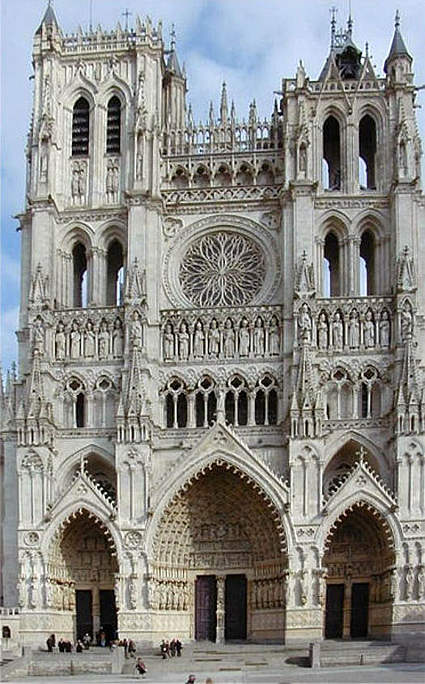

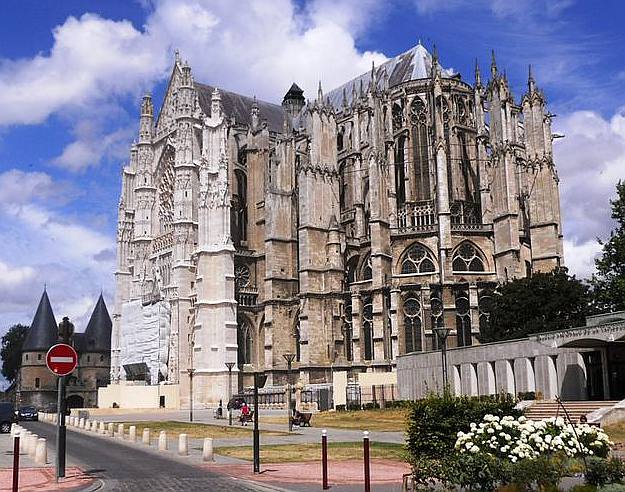

 I oktober i år utgis boka: A Bitter Trial: Evelyn Waugh and John Cardinal Heenan on the Liturgical Changes på Ignatius Press i USA. Det er den engelske forfatteren Evelyn Waughs problemer med liturgiforandringene og hans korrespondanse med kardinal Heenan som tas opp i boka på 101 sider.
I oktober i år utgis boka: A Bitter Trial: Evelyn Waugh and John Cardinal Heenan on the Liturgical Changes på Ignatius Press i USA. Det er den engelske forfatteren Evelyn Waughs problemer med liturgiforandringene og hans korrespondanse med kardinal Heenan som tas opp i boka på 101 sider.